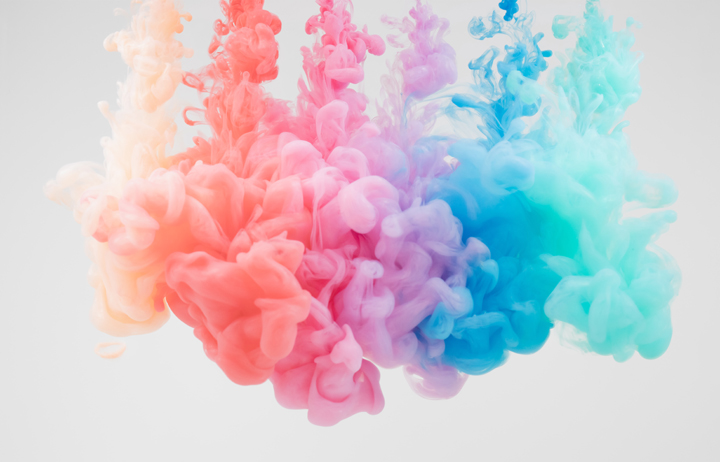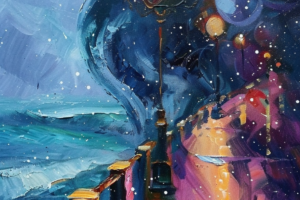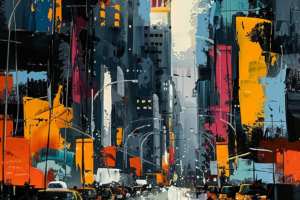- Colors’ symbolic meanings, associations, and psychological effects are different.
- They also vary between cultures. These are the most common colors studied under this theory.
Color symbolism is a broad study that considers people’s responses and associations towards various colors. The theories and effects of colors are essential in consumer industries, from interior design to marketing.
Color Symbolism And Meanings
Over centuries, people have attributed subjective meanings to colors based on how humans respond to them. We either have a
- biological reaction (e.g., feeling fearful or sad in the presence of black)
- cultural response (e.g., red evokes a sense of prosperity in many Asian cultures)
- personal experience based on memories or preference
Sources differ somewhat on the absolute categorization of colors, yet this chart represents a good framework. The general meanings are universal associations. Those under western (e.g., USA, South America, Europe, etc.) and eastern (e.g., Middle East, India, China, Japan, etc.) cultures tend to be bound to geography:

| Color examples | Meanings in different contexts |
| General | Western Culture | Eastern Culture | |
| Blue Cerulean Indigo Royal | Calm Peace Stability Safety Virtue | Trust Loyalty Conservative Authority Depression | Talismanic Healing Femininity |
| Red Maroon Ruby Burgundy | Love Impulsion Aggression Passion Danger/Warning | Power Energy Romance Violence Sensuality | Martyrdom Courage Sacrifice Prosperity Happiness |
| Yellow Lemon Gold Canary | Warmth Cheer Energy Divine Essence | Intelligence Youthful Hope Gentleness Spontaneity Cowardice Faith | Royalty Erotic Courage Imperial |
| Green Forest Lime Olive Green tea | Growth Nature Freshness Vitality Fertility Prosperity | Quality Luck Wealth Hope Magic Deceit Poor Health | Faith Eternity Family Peace |
| Orange Coral Peach Salmon | Warmth Optimism | Creativity Adventure Success Freshness Frivolity Amusement | Sacredness Spirituality Holiness |
| Purple Lavender Mauve Plum | Mystery Magic Bad Fortune Wealth Spirituality | Royalty Nobility Wisdom Imagination Bisexuality | Mourning Privilege |
| Pink Strawberry Cerise Magenta | Love Innocence | Femininity Romance | Marriage Trust |
| Brown Russet Windsor Tan Brown Sugar | Comfort Reliability | Wholesome Health Steadfast Predictable Conservative | Industrious Mourning |
| White Cream Eggshell Ivory | Simplicity Goodness Religion Supernatural Peace | Purity Neutrality Perfection Innocence Cleanliness | Death Gratitude Fertility Mourning Unhappiness |
| Black Ebony Jet Sable | Mystery Death Misfortune Unhappiness Evil Formality | Sophistication Boldness Elegance Magic Supernatural Rebellion | Protection Career Knowledge Penance |
Color Effects And Psychology
The psychology of colors focuses on how people behave in the presence of or towards specific colors.
Blue

Blue brings a sense of calm and order. Numerous studies support this, showing that blue light reduces blood pressure and can decrease respiration. This tranquil effect makes blue a popular color in bedrooms. Blue also evokes a sense of trust and safety, making it a suitable color for the uniforms of law enforcers.
As calming and trusting as blue is, in western culture, it can also refer to sadness. Hence the saying feeling ‘blue’ or having a ‘Blue Monday’ when the working week gets off to a rough start.
Red
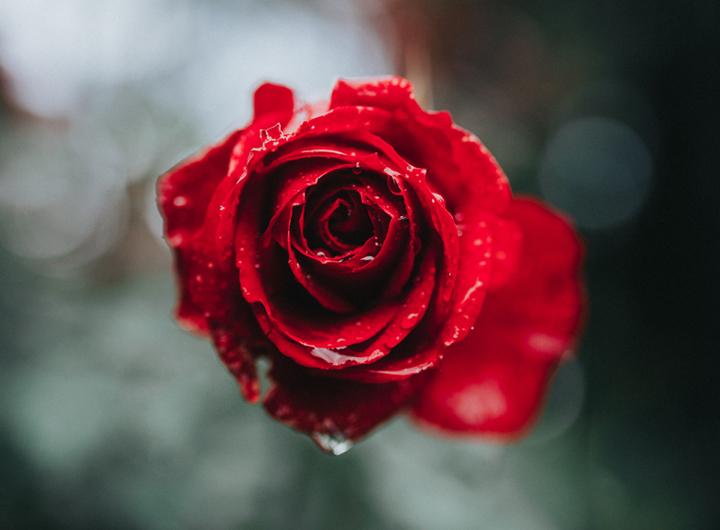
Red is a bold color that grabs your attention and is usually associated with love, passion, and aggression. It is a color that can increase your heart rate and blood pressure.
In interior decorating, it is thus not a suitable color for a child’s room but a better choice in a dining room or kitchen since it increases appetite. Therefore, many food brands include red in their logos (e.g., McDonald’s, Burger King, Wendy’s, etc.) since it attracts attention and subtly provokes hunger.
Yellow

Yellow is mainly associated with the sun, linking it to warmth and happiness. It can spark the release of serotonin in our bodies, making us feel energized and more optimistic. Yellow is thus an apt color to wear when you need your spirits lifted.
Green

Most people associate green with health and nature (grass, trees, etc.), linking it to growth, freshness, and vitality. It is a color that evokes a sense of hope and can reduce your heart rate, which can counter feelings of depression and anxiety. Instead, it leaves you feeling relaxed and calm.
In contrast, Western culture also associates green with more negative meanings. Like feeling envious (one is ‘green’ with jealousy) or ill when you’re looking a bit ‘green’ in the face.
Orange

Like yellow, orange conveys feelings of warmth and optimism. It’s a warm tone that boosts creativity and is made up of the colors yellow and red, allowing the adoption of many of their qualities. Orange is also an appetite stimulant and can lift your spirits, making you more optimistic.
However, western culture has also associated orange with negative emotions like insecurity and impatience. The latter juxtaposes eastern beliefs, where orange symbolizes spirituality and faith, hence the color of Buddhist monks’ robes.
Purple

Purple is a color with many meanings, often contradictory. For example, purple symbolizes terrible fortune. Yet it also represents wealth, privilege, and royalty. The color is also associated with magic, mystery, and mourning (eastern culture). Still, it can be used to create a peaceful environment for relaxation.
This twofold meaning of purple stems from the fact that it’s a color made up of red and blue – two opposites. That is why purple is also linked to bisexuality in western culture.
Pink
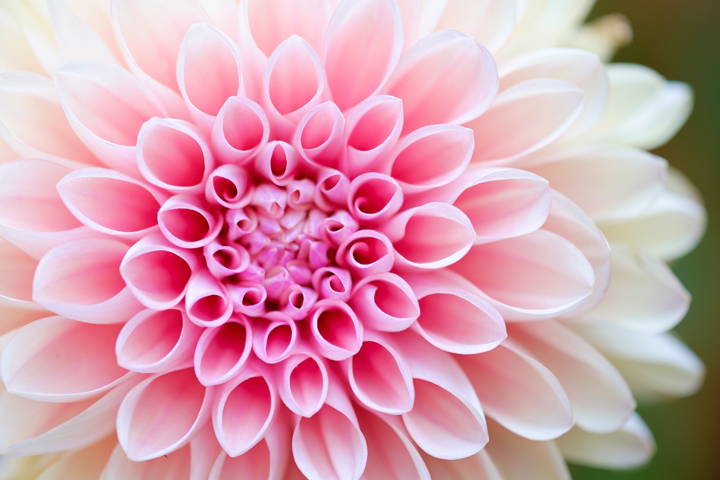
Pink has close relations to both red and purple. Like the latter, pink can help you to relax and unwind. And, like red, it is also linked to love, as seen in the many retail industry products and marketing strategies over Valentine’s Day period.
In western culture, pink is strongly associated with femininity, which is the opposite in China. There, they link blue to womanhood. In line with western thought, pink also references sympathy and childlike innocence.
Brown

Brown relates to reliability and trustworthiness, which is why a brand like UPS uses it as its primary color. Brown also links to comfort, strength, and wholesome and conservative things – primarily because of its reference to the earth and soil.
Unfortunately, brown also has some slightly less positive connotations. It is often seen as a dull color or dated, with references to the past.
White

White is an exciting shade since it has many opposing associations. In most western countries, for example, white is synonymous with innocence and purity, as seen in brides traditionally wearing white wedding dresses. Yet, white signifies death, grief, and unhappiness in eastern cultures.
More common ground is found in white’s reference to peace, the supernatural, and simplicity. An all-white room, for example, can feel quite cold. Yet, the upside is that it exudes cleanliness and calmness in its simplicity and creates the illusion of a larger space.
Black

Black is the rockstar of shades, often linked to evil, rebellion, and mischief. It is also a sign of sorrow or misery, making it the most customary shade to wear to a funeral. However, in some countries (e.g., Japan), it is more appropriate to wear white.
Wearing black exudes confidence, power, and capability, which is why many recommend wearing black attire to an interview. It also makes sense then that the most typical colored suit for presidents and politicians is black.
Conclusion
Color plays a significant role in our lives, making studying its symbolism essential. Colors affect our moods and decision-making and impact many industries. Still, one must always consider these meanings and associations in the context of culture.
Follow Proactive Creative on Pinterest for more color inspiration, ideas, tips, and reviews.

